This article presents an open and exploratory topic. Mainly from the perspective of IPv6 protocol technology, consider the architectural characteristics of the IPv6 network constructed under this protocol system.
As we all know, in the actual operation of the IPv4 network, it was found that Pv4 has inherent deficiencies. These issues include limited IP address capacity, IP address masquerading due to passive address authentication, poor mobility due to triangular routing, poor security, complicated configuration, bloated routing tables, and lack of end-to-end business models.
In the process of formulating the IPv6 standard, the IETF fully considered these issues and resolved them in the protocol specification.
Address capacity expanded. The address encoding is 32bit encoding, and the expansion is 128bit encoding, so that the address space is expanded by 4.3 billion times.
The extension supports multicast and anycast addresses, which allows data packets to be sent to any node or group of nodes.
Plug and play stateless address protocol. The large-capacity address space can truly realize stateless address auto-configuration, enabling IPv6 terminals to quickly connect to the network without manual configuration, realizing true plug-and-play.
Introduce flow labels. That is, a 20-bit flow label is added to the IPv6 protocol header, so that the network layer based on the IPv6 technology has the ability to distinguish end-to-end flow labels, and thus has a theoretical basis for fine-grained flow management.
IPv4 technology has always adopted the best-effort transmission capability, and with flow marking, differential services can be achieved.
The header format is greatly simplified. This effectively reduces the processing overhead of the router or switch for the header, which is very beneficial to the design of the router or switch for hardware header processing, so that the network speed of the IPv6 network can be greatly improved in theory can be guaranteed.
IPv6 packet fragmentation technology is only performed between end-to-end hosts. Routers are no longer involved in fragmentation and reassembly, so the demand for router buffers will be greatly reduced, which in theory will qualitatively change the speed of the network.
IPv6 adds enhanced multicast capabilities. And replace the broadcast in the local area network, through the multicast capability in the entire network, it can very effectively support the broadcast traffic service, which makes the service discovery mechanism similar in the wide area network.
In fact, IPv6 is not a simple upgrade of IPv4, or more precisely, IPv6 is not a compatible upgrade of IPv4 technology, but a substitute for IPv4. Therefore, the network system based on IPv6 technology needs to be re-understood.
From the perspective of hardware architecture, the IPv6 network is a hierarchical routing system, from access routers to aggregation routers, and even to core routers, network routing level aggregation. The closer to the core, the stronger the routing table aggregation. Hierarchical network architecture can form route aggregation, greatly improve the reduction of routing tables, the routing forwarding efficiency will increase, and the hardware investment will be more effective. This is beneficial to the existing operators who maintain the infrastructure. They can upgrade or update the hardware under the existing hierarchical system. However, during the transition process, interesting control is required and the continuous construction of NAT routing equipment is required.
From the business logic point of view, the IPv6 network system is flat. IPv6 provides ample IPv6 addresses. Users should no longer hide under the private network for lack of IP addresses and share IP addresses with other users. In the IPv4 network environment, due to the existence of NAT, the communication of the IP network can only guarantee the end-to-end reachability of the communication. In an IPv6 network environment, each user may have an IPv6 address, so that "service reachability" can be achieved, instead of end-to-end C / S communication via NAT routing, but end-to-end peer-to-peer communication. Therefore, the network architecture based on the peer-to-peer reliable service under the IPv6 protocol has a theoretical basis. However, to achieve true peer-to-peer communication between the nodes in the network, it is impossible in the case of asymmetric information. Therefore, we believe that the network is "flat", so more "authority" is needed. This will have an impact on the existing Internet architecture.
Facing the flattening of the future network architecture, the existing transition technologies need to fully consider the hardware reusability of network construction during the entire construction process, rather than rapid deployment. Rapid deployment should solve the user's accessibility to IPv6 resources, and fully allow users to experience the convenience of services under the flat IPv6 network architecture. However, the choice of transition technology needs to be cautious, which is an issue that access service providers need to seriously consider. On the other hand, the flattened architecture of IPv6 networks also puts forward requirements for the construction of a new service system based on IPv6 networks. How to fully dig deep into the technical elements of the IPv6 protocol and construct an IPv6 application service system is a subject worth studying. CNNIC's 6Pilot platform is actively carrying out research on application systems adapted to the IPv6 flat architecture, constructing platforms and services that quickly access IPv6 resources, and exploring new applications.
ShopUsb Flash Drive, 3D Laser Crystal Usb Flash Drive, Otg Usb Flash Drive, Epoxy Usb Flash Drive from your trustful Supplier & Manufacturer in China, never be not satisfied
Product categories of USB Flash Drives( also named USB Stick, Usb Memory stick, Usb Flash Disk, U disk, Pen Drive, Pendrive, Thumb Drive), we are specialized manufacturers from China,and bulk usb flash drives.
Custom Usb Flash Drive

OTG USB Flash Drive
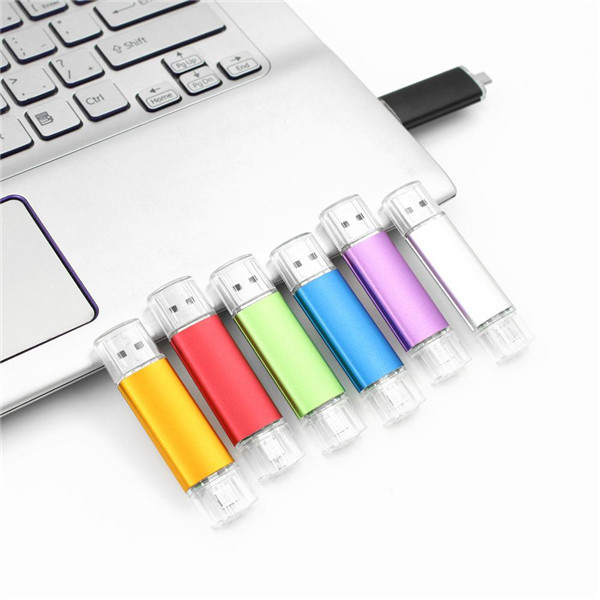
Pen USB Flash Drive
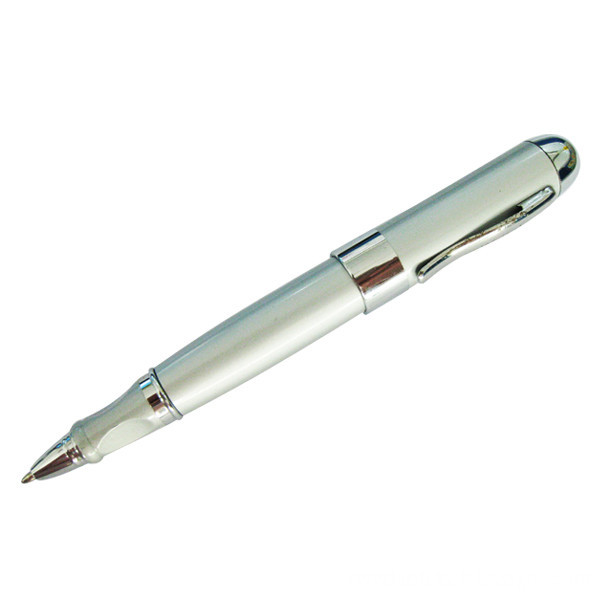
EpoxyUSB Flash Drive
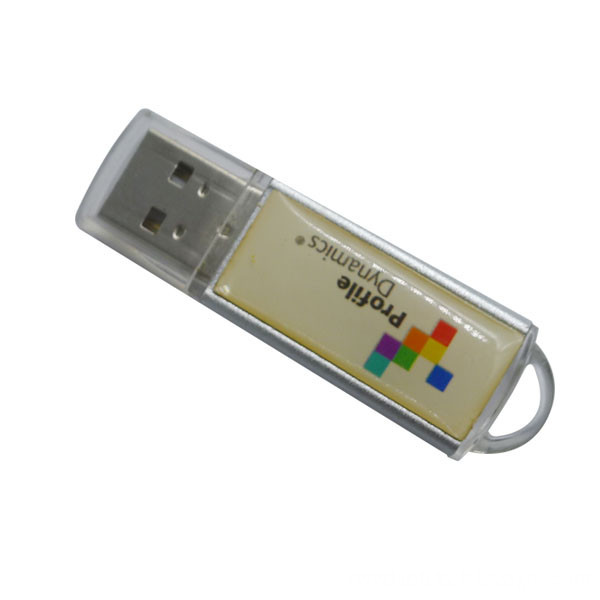
Card USB Flash Drive

Mini USB Flash Drive

Wood USB Flash Drive
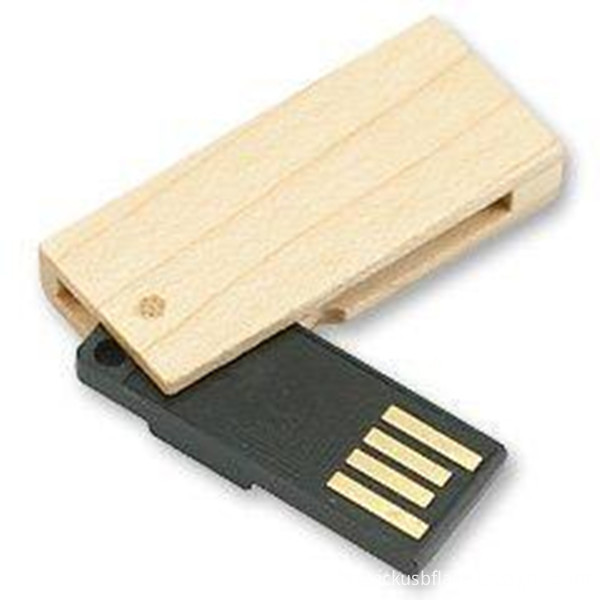
Metal USB Flash Drive
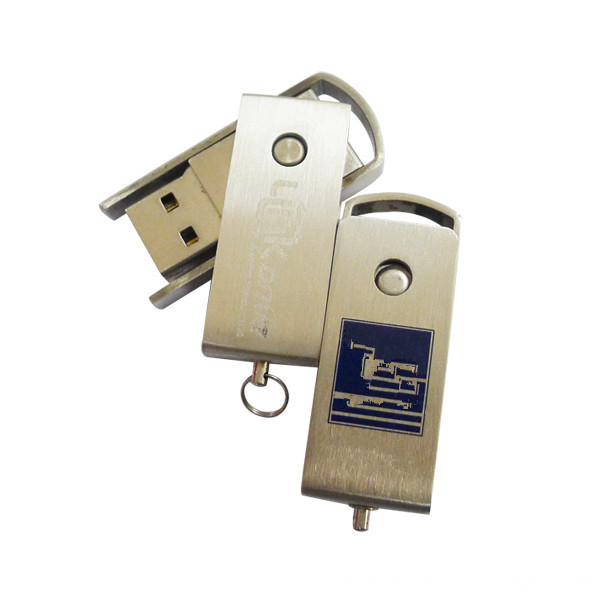
Leather USB Flash Drive

Bracelet USB Flash Drive
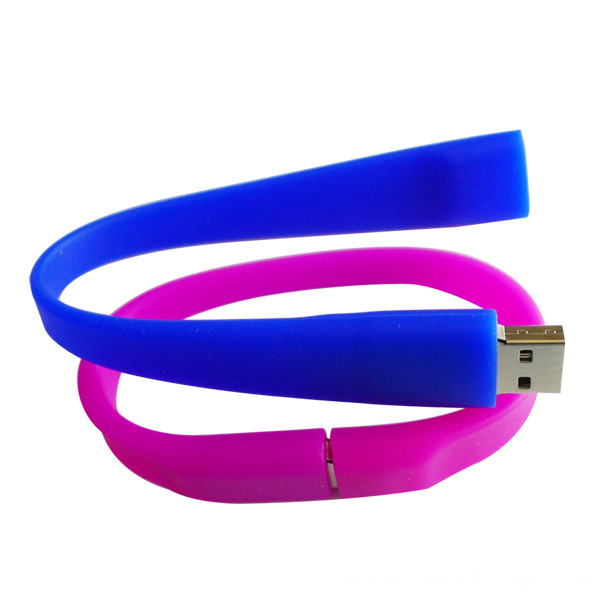
Crystal USB Flash Drive

Plastic USB Flash Drive
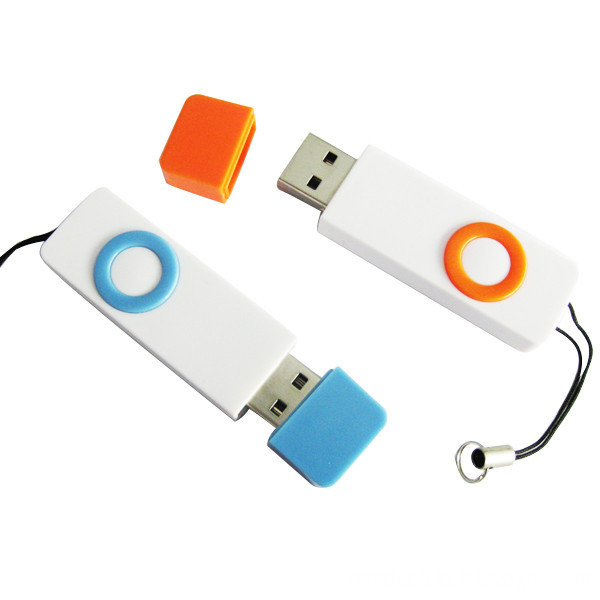
Swivel USB Flash Drive

Key USB Flash Drive
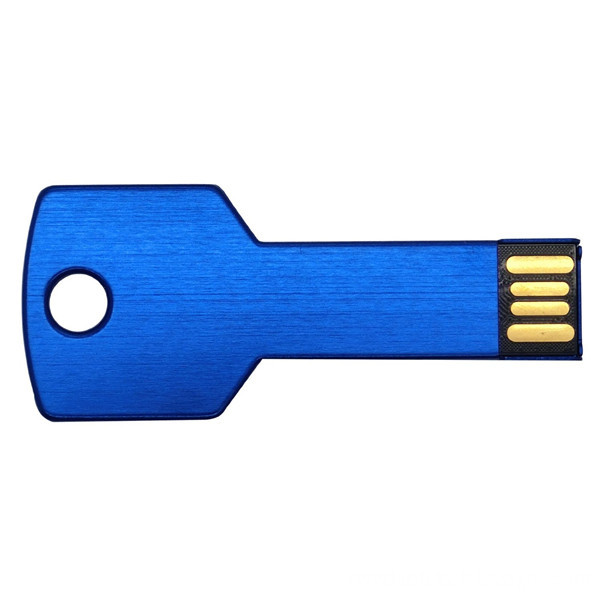
Cartoon USB Flash Drive

We accept customized logo service, such as silking printing, full color printing, laser printing, engraving printing and so on.
USB flash drive is An ideal way to store all your pictures, documents, music and videos. USB flash drive Can act as a wonderful gift for your friends and families and A great way to distinguish your masses of USB Memeory Stick from each other as our cute USB come in a variety of variations for every day use.
· Compatibility: Desktop, Laptop, Macintosh, Tablet, Speakers all with USB1.0 and 2.0.
· Operating System : Windows7/Vista/XP/2000/ME/NT/98,Linux (Sometimes incompatible with Mac OS 9.X/Linux2.4)
· Fine choice for advertisement allow to print LOGOs and advertisement.
· Very Low Power Consumption, durable solid-state storage.
· Small and exquisite design brings much convenience.
All of the USB Sticks have passed CE FCC ROHS UL and ISO 9001 Certifications. We have the perfect after-sales service and technical support. Look forward to your cooperation!
USB Flash Drive
USB Flash Drive,Custom Special USB Flash Drive,OTG Phone USB Flash Drive,Epoxy Type USB Flash Drive
Reteck Storage Device Co., Ltd. , https://www.reteck.com
